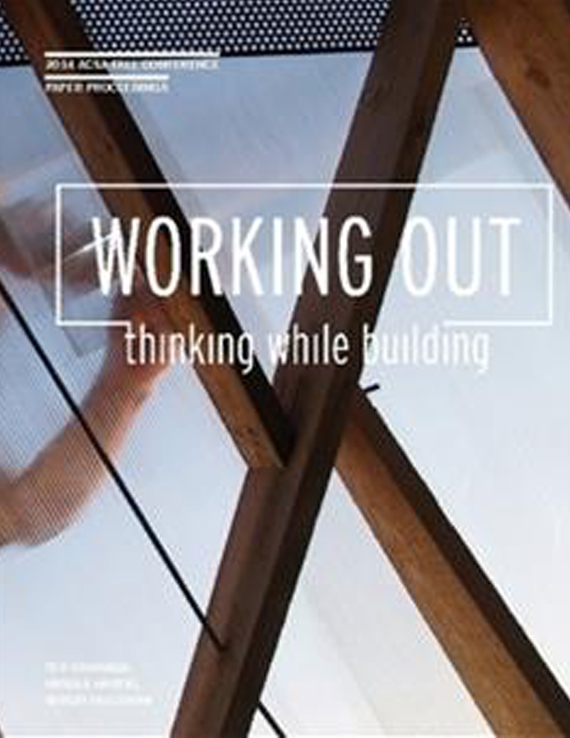Author(s): Brian Cook & David Khan
To address economic and social sustainability, the Boulder, Colorado Parks and Recreation Department engages community stakeholders to provide stewardship. At Burke Park, a studio of University of Colorado Environmental Design (ENVD) students worked with City staff to lead a collaborative Design/Build project uniting multiple community groups to conceive an outdoor classroom. The City provided a budget of $30,000, and a three-month time frame to design and execute the project.The ENVD studio utilized a multi-faceted community engagement strategy to involve a diverse, and constantly emerging constituency of park users. Creative momentum was sustained through engagement techniques involving elementary school students, participatory installations, material prototyping, web-based community communications, and interpretation of natural, cultural, and oral histories. The process resulted in an expansion of the concept of an “outdoor classroom” to produce unexpected architectural and educational landscapes.Burke Park sits in the heart of a diverse, multigenerational neighborhood including a K-8 charter school and retirement community. The ENVD Program began by conducting a class with the school focused on envisioning potential park improvements via art and story telling. During public brainstorming workshops, participants expressed the desire to connect and interact. The design team invited the community to view the project through the lens of universal space – the idea of an inclusionary landscape that is accessible and usable to every group or individual.To understand the potentials of the site, the design studio provided hay bales so community members could stack and arrange them, creating spaces and temporary places. This led to spontaneous interaction and play by community members, and became an ever-changing conversation piece for the neighborhood. People came forward to share stories of nature and culture that had transpired over decades, and information about the park’s birds and trees. The community’s enthusiasm to use and learn from the park in multiple ways led to the concept of interpreting the multiple personalities of the park. The projects’ program transformed from a singular outdoor classroom to a constellation of interactive, educational landscape features rooted in the fundamental qualities of the site. These include:-A folded gathering deck punctuates the design. The form provides multiple ways of inhabitation and education, by groups or individuals.-An arboretum collection representing species for the local environment, providing educational opportunities and horticultural information for gardeners and naturalists.-A series of pocket biome ecosystems replicating regional ecologies. -Five landform mounds shaped and planted with native grasses for nature play and geographical awareness.- The 10 Walks of Burke Park, a web based interpretive guide, reveals the layers of the park. It includes sections on bird watching, the arboretum, geological and ecological histories, and oral histories from community members who have witnessed the park’s transformation.This project left a tremendous impression on the neighborhood. Particularly significant was the opportunity for young students to get involved, and see their input realized. Beyond physical accomplishments, this project helped establish a sense of agency and ownership. With learning and community-building entwined, three generations were empowered to transform their environment.
Volume Editors
Sergio Palleroni, Ted Cavanagh & Ursula Hartig
ISBN
978-0-935502-94-7

 Study Architecture
Study Architecture  ProPEL
ProPEL 
